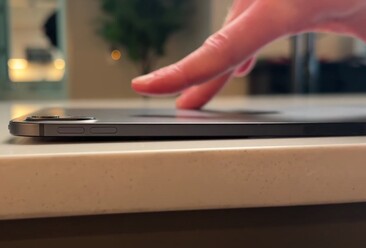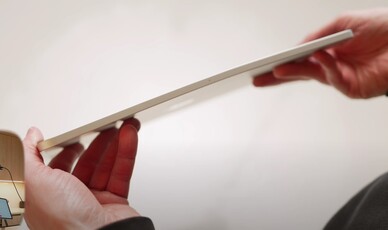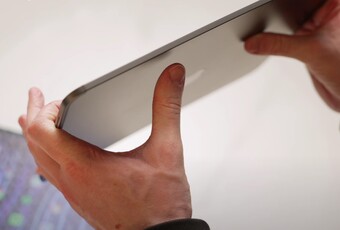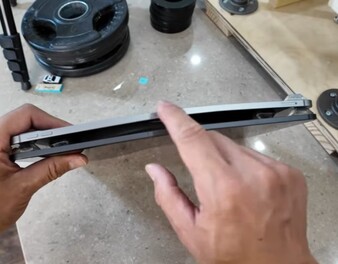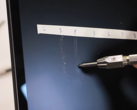Ouch: Apple's new iPad Pro 2024 compared with predecessors in two durability & bend test videos

It's painful to watch when one considers how expensive these new Apple M4-based tablets have become. Buyers have to spend at least $999 for the 11-inch iPad Pro and almost $1,299 for the 13-inch iPad Pro when opting for "Apple's thinnest product ever" (not even counting the expensive memory upgrades and accessories).
It's pretty when you look at the 13-inch iPad Pro from the sides, which is extremely thin at 5.1 mm. At 5.3 mm, the 11-inch tablet isn't much thicker. At 6.4 mm and 5.9 mm respectively, we wouldn't exactly call the predecessors thick either. Many of us probably had the same thought after Apple's 'Let Loose' presentation: Will the iPhone 6 Bendgate drama repeat itself exactly 10 years later?
Or has Apple learned from its mistakes and made the new tablets even more resistant than their predecessors, which didn't always look perfect after durability tests, but at least didn't break as easily as the Apple tablets from 2018? Even before Zack Nelson could get his hands on it (Update: the JerryRigEverything durability test video is now also online), two YouTube channels are already pushing ahead with bend tests. Better not to think about how much monetary value is being destroyed here.
Weak points are the USB-C port and the top side
From the first AppleTrack video, we can draw the following conclusion: In everyday use, both the 2022 models and the new OLED iPad Pros can withstand quite a lot, as long as you don't apply too much deliberate pressure. However, if you subject the thin tablets to extreme torsional stress, you can expect a slightly bent aluminum chassis or even breakage in the 2024 models. In particular, the USB-C port at the bottom and the top of all four iPads proved to be a weak point.
If pressure is applied to the long side of the tablet rather than the wide side, the chassis breaks both at the USB-C port and at the top. On the whole, however, the two thinner iPad Pro models from 2024 seem to hold their own quite well against their thicker predecessors. After the first, even gentler bend tests, the new iPad Pro certainly looked less bent than its predecessor, and the displays continue to work, even after all the bend tests and glass shattering.
Measurement with force meter
The video from the MobileReviewsEh channel is slightly different. Here, instead of being bent by hand, the increasing pressure on the center of the iPad is measured with a force meter. This test method seems to be less relevant to everyday use, especially since the pressure is applied to a very small area. Nevertheless, the test shows that both the old and the new iPad Pro can withstand a pressure of up to 60 to 70 pounds (around 27 to 31 kilograms) without issue, but after that the problems begin. Both iPad generations become deformed, although the new, thinner iPad can hold its own against its thicker predecessor. In this test, the Apple Pencil charger on the top proves to be the new model's biggest weak point.





